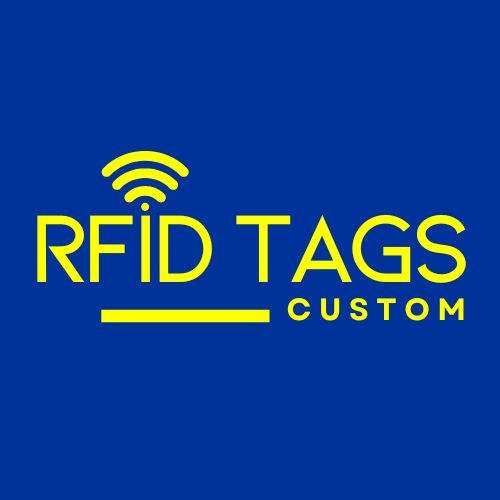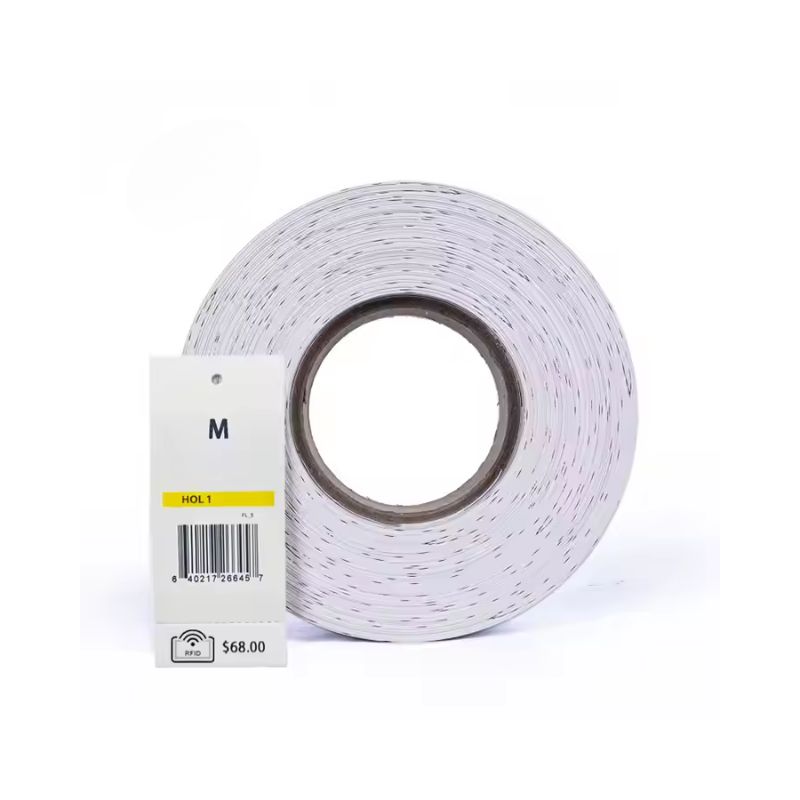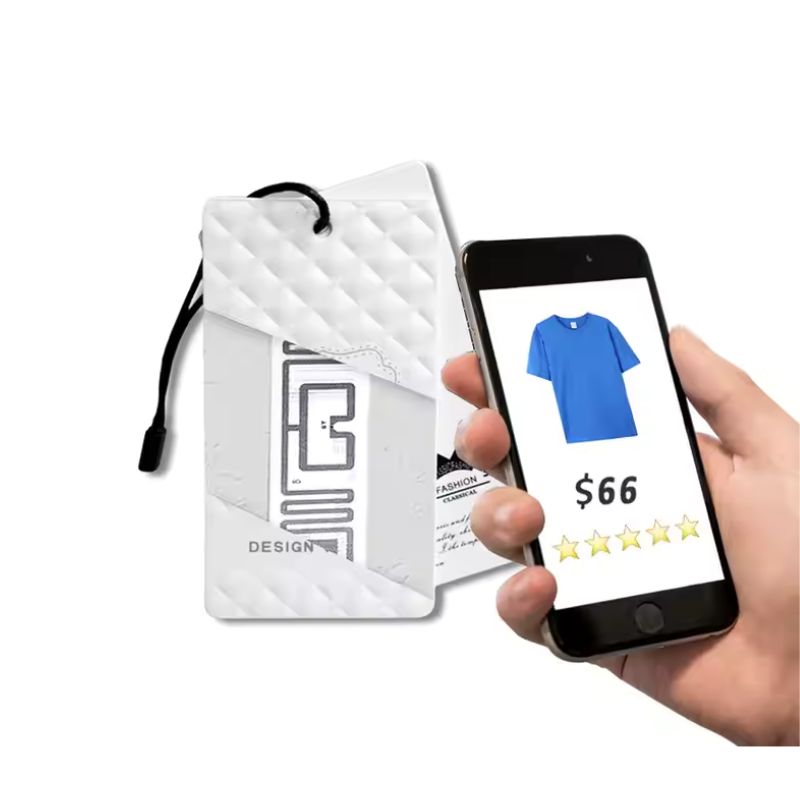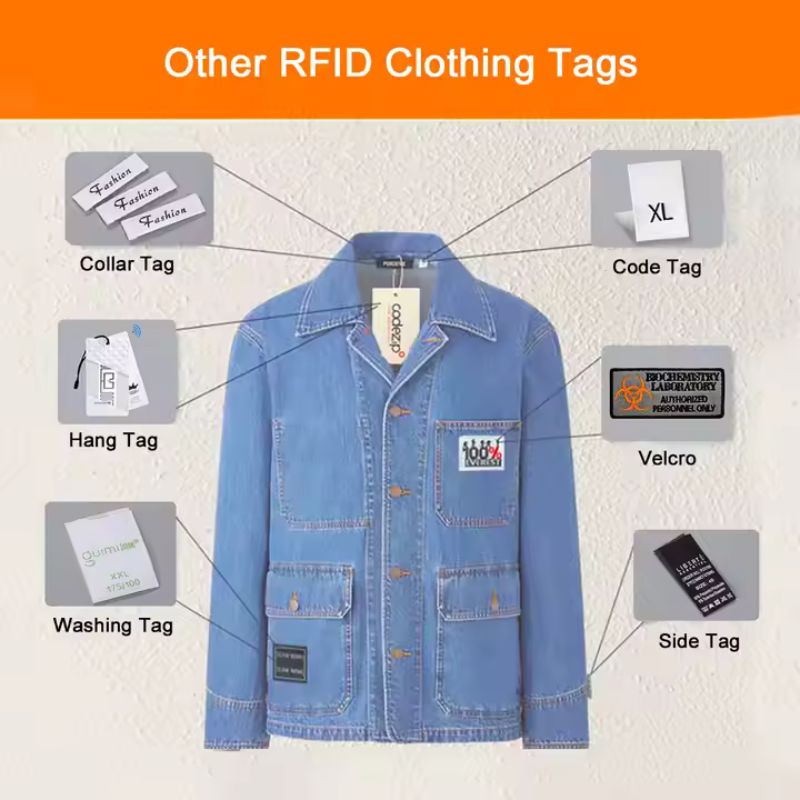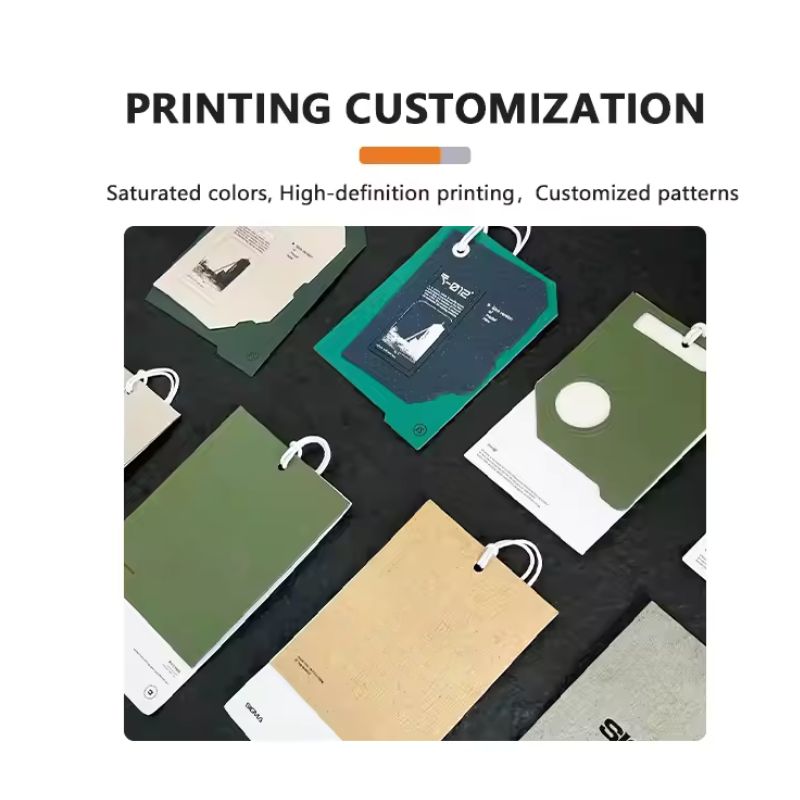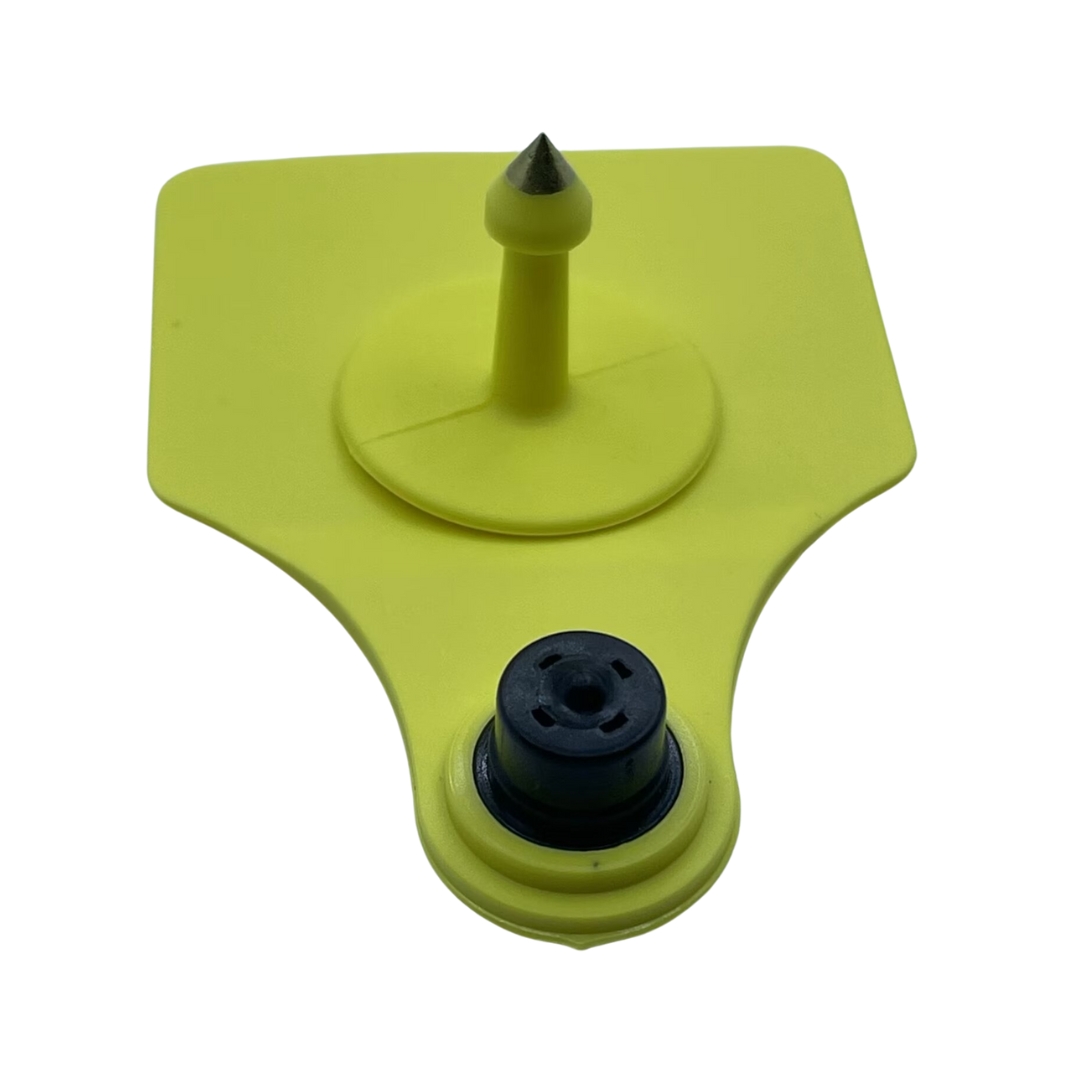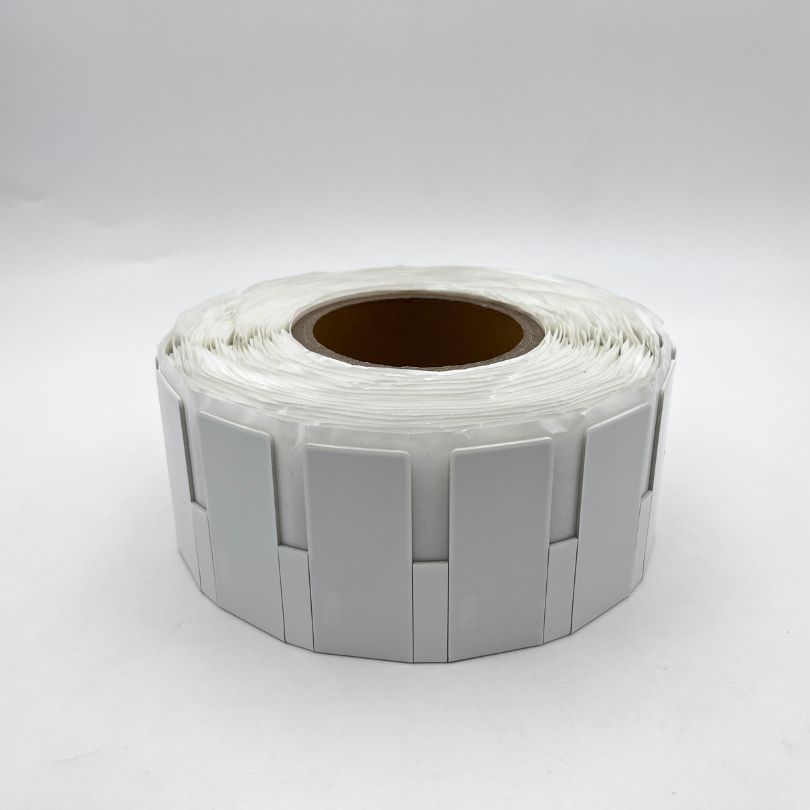
RFID Chip in Clothing Tags for Retail Management
Smarter Inventory, Streamlined Operations, and Real-Time Retail Visibility
Managing modern apparel inventory with traditional barcodes is inefficient, slow, and often inaccurate. RFID chips in Clothing Tags offer a game-changing solution for retail operations. These intelligent tags enable retailers to track clothing items in real-time—boosting inventory accuracy, speeding up operations, preventing loss, and improving customer satisfaction. Whether you’re overseeing one boutique or a chain of flagship stores, our RFID-enabled clothing tags simplify item-level management from warehouse to checkout.
Why Choose Our RFID Chip in Clothing Tags?
Our RFID Chip in Clothing Tags are specifically designed for the retail apparel industry. Here’s why global retailers trust our solution:
- UHF RFID Technology: Built on EPCglobal Class 1 Gen 2 (ISO 18000-6C) standards for universal compatibility
- High Read Accuracy: Enables non-line-of-sight scanning of hundreds of items in seconds
- Designed for Apparel: Available in hang tags, sew-in fabric labels, and heat-seal patches
- Customizable: Printable with product info, pricing, and logos to match your brand
- Tamper-Resistant: Durable, washable, and made for daily retail wear and tear
Benefits of RFID Chip in Clothing Tags for Retail Management
- Improve Inventory Accuracy
Achieve up to 99% inventory accuracy with RFID. Perform daily cycle counts in minutes and maintain stock levels that reflect real-time availability. - Accelerate Operational Efficiency
Receive, verify, and restock merchandise faster. Reduce checkout times by scanning multiple items simultaneously—even without removing them from bags. - Prevent Theft with Built-in EAS
RFID tags can double as anti-theft devices when integrated with Electronic Article Surveillance (EAS) systems. Eliminate separate tagging and deter shrinkage. - Enable Omnichannel Fulfillment
Support BOPIS, curbside pickup, and real-time stock visibility across multiple store locations—ensuring the right product is always in the right place. - Drive Data-Driven Decisions
Track item movement, dwell time, and sell-through rates. Use actionable insights to optimize merchandising, reduce overstocks, and improve turnover.
Technical Specifications of RFID Chip in Clothing Tags
| Feature | Specification |
| RFID Protocol | EPC Class 1 Gen 2 / ISO 18000-6C |
| Operating Frequency | 860–960 MHz (UHF Global Band) |
| Chip IC | Impinj Monza series / NXP UCODE 8 / Equivalent |
| Memory | EPC: 96–128 bits; User Memory: up to 2048 bits |
| Read Range | Up to 10 meters (33 feet), reader-dependent |
| Material Options | PET, Paper, TPU, Woven Fabric |
| Label Formats | Hang Tags, Sewn-in Labels, Adhesive Stickers, Heat-Seal Patches |
| Print Compatibility | Thermal Transfer or Offset Printing |
| Data Retention | 10+ years |
| Write Cycles | 100,000+ |
| Additional Features | Custom Branding, Serialized Printing, EAS Integration |
Applications of RFID Clothing Tags
- Apparel Retail Stores: Automate stock counts and optimize floor replenishment
- Distribution Centers: Speed up receiving, verification, and outbound sorting
- Franchise Chains: Centralize inventory visibility across multiple stores
- POS Systems: Enable contactless, multi-item scanning at checkout
- Omnichannel Retail: Sync real-time inventory across eCommerce and in-store
FAQ
Can RFID clothing tags be printed with barcodes or logos?
Yes. Our RFID tags are printable via thermal transfer or offset methods and can include barcodes, SKUs, pricing, and branding elements.
Are these tags washable or reusable?
Sewn-in and heat-seal fabric RFID labels are designed to withstand normal garment washing cycles. Some can be reused, depending on the application.
Do RFID tags interfere with store aesthetics or product presentation?
No. We offer discreet and sleek designs such as fabric-embedded labels and small adhesive stickers that preserve your visual merchandising standards.
Are your RFID tags compatible with all RFID readers?
Yes. Our tags follow EPCglobal Class 1 Gen 2 / ISO 18000-6C standards and are compatible with all certified UHF RFID readers.
Can I use RFID tags for loss prevention?
Absolutely. Our tags can integrate with EAS (Electronic Article Surveillance) systems to help reduce shrinkage at exit points.
Request a free sample or quote
Ready to modernize your retail operations and reduce inventory errors? Our RFID Chip in Clothing Tags are trusted by retailers worldwide to improve efficiency, reduce loss, and enable data-driven decisions.


Get Your Custom RFID Tags
As a leading custom RFID tag manufacturer, we craft solutions based on the unique needs of your operation. We offer a wide range of customization options, including material, size, frequency, encoding, and read distance, ensuring each RFID Tag is perfectly customized to your requirements. No matter what application you use RFID tags for, we can provide rugged, reliable RFID tags that meet the highest quality and durability standards. Here are the main ways we customize RFID tags to fit your needs.

Material Selection
Material is key for customizing RFID tags. Plastic works in harsh conditions, while softer materials suit delicate spaces. Different materials also affect signal performance. Pick what fits your use case to ensure your tags last and work reliably.

Customized Size
Size shapes usability. Small tags fit tight spaces or tiny items, while larger tags are easily read. In crowded areas, sleek tags prevent clashes. Align shape and dimension with your goods for visibility, convenience, and performance.

Frequency Requirements
Choose LF, HF, or UHF based on read range, speed, and interference. LF and HF resist metals and liquids but have shorter ranges. UHF offers an extended range yet may face signal blocks. Match frequency to your environment for reliable performance.

Reading Distance
Define the distance at which you have to read the tag. Short distances work for retail checkouts, while warehouses may need meters of coverage. Antenna design, reader settings, and power outputs affect range.Adjust these factors to capture data accurately at the distance you need.

Encode
Plan how data is stored on each tag. Some only hold an ID, while others contain detailed info. Decide if you need a simple EPC or added user memory. Ensure your chosen format works with existing software. Proper encoding streamlines processes and slashes errors.

Application Environment
Consider real-world conditions. Temperature swings, humidity, and chemicals can degrade tags. For outdoor use, opt for UV-resistant casings. In healthcare or food settings, ensure compliance with safety rules. Matching your tags to the environment maximizes their lifespan.
Related Products
Customize any RFID tags from our factory to meet your requirements.
